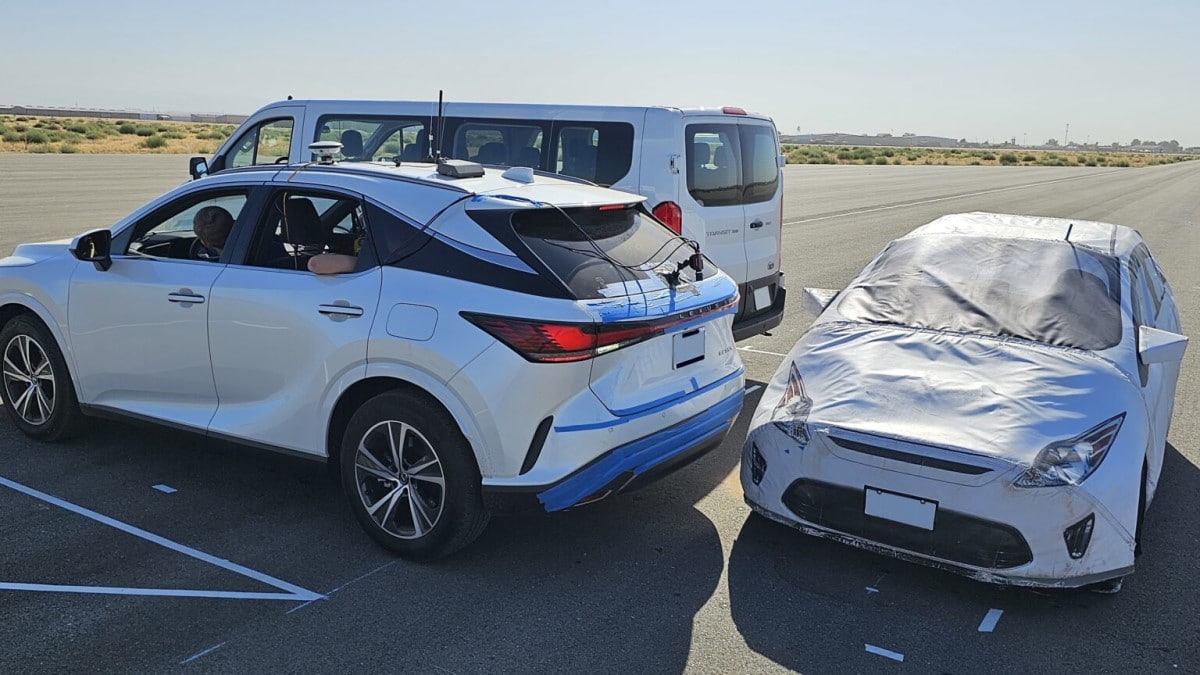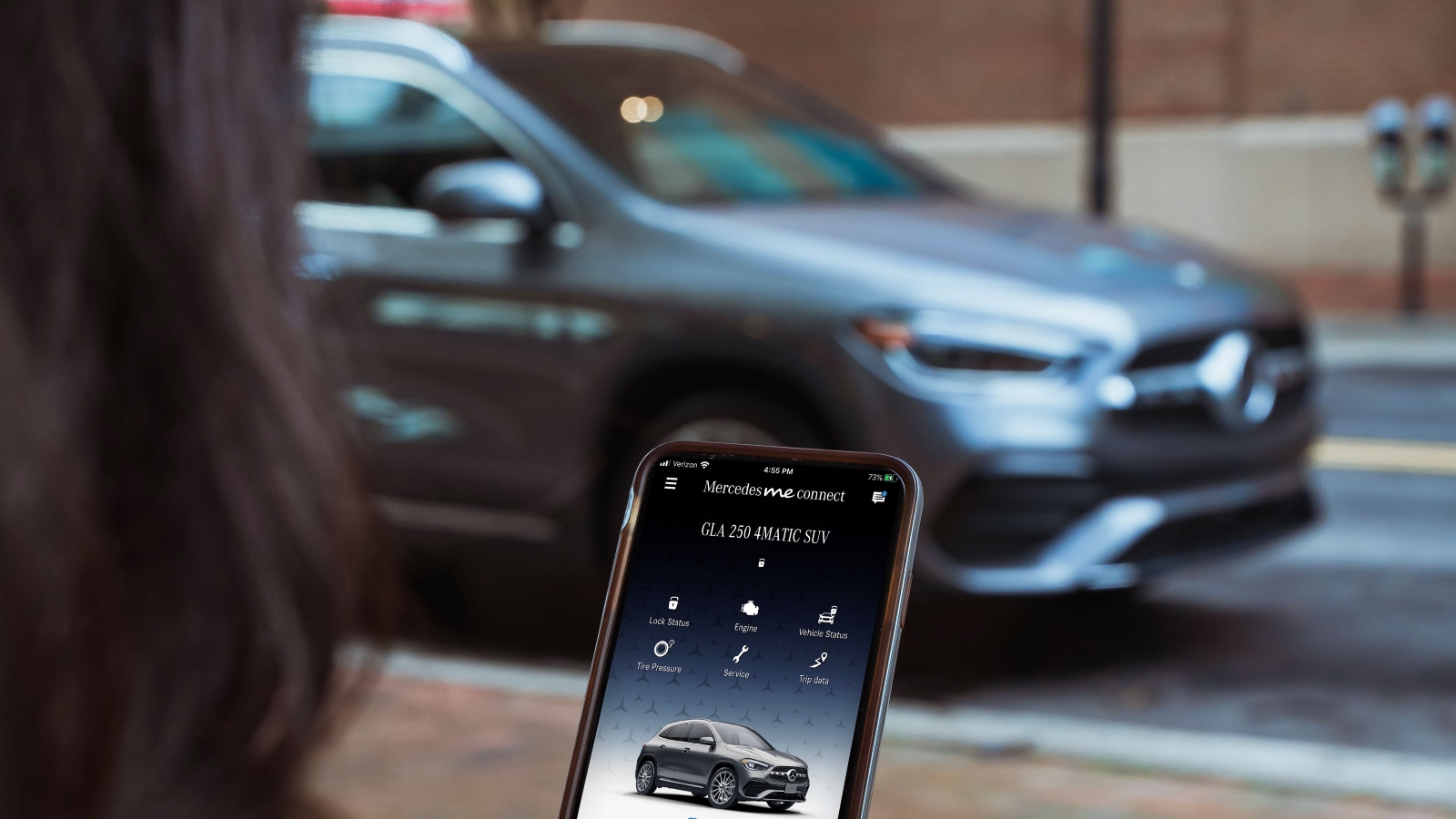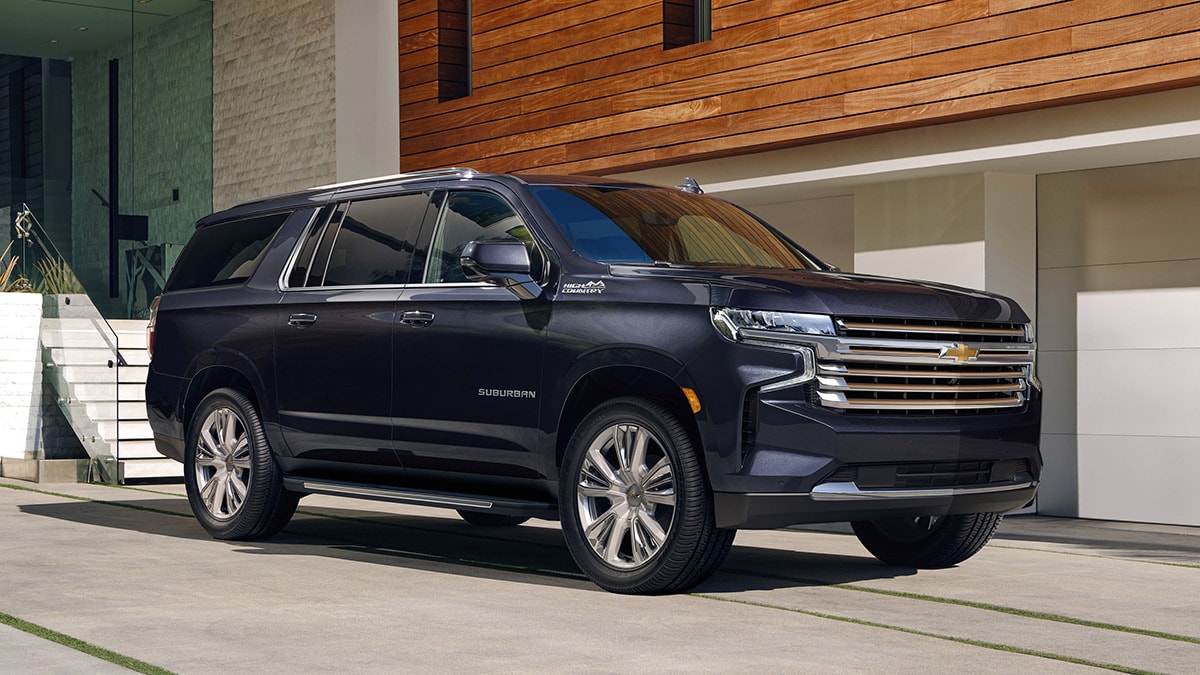Reverse automatic emergency braking (AEB) systems are a marginally useful technology to supplement a driver’s attention, but they are not a substitute for it. AAA technicians tested the systems in four popular compact SUV models and found them unable to prevent many accidents.
Related: What Is Automatic Emergency Braking?
“Drivers should not solely rely on these advanced driving systems to prevent collisions, but instead use them to enhance their awareness of their surroundings and support safe driving,” says Greg Brannon, AAA’s director of automotive engineering.
AAA researchers tested the 2023 Hyundai Tucson Hybrid, 2023 Lexus RX 350, 2023 Mazda CX-30, and 2023 Volkswagen Tiguan in three tests.
Related: Government May Require Automatic Emergency Braking
All four SUVs had reverse systems with cross-traffic alert technology that, manufacturers claim, are designed to detect cars, pedestrians, or cyclists behind a vehicle.
They were less than successful at the task.
Avoided a Passing Car In 1 Of 40 Attempts
In one scenario, the vehicles backed out of a perpendicular parking spot, with the view obstructed, while a car crossed behind them — a common scenario in any parking lot. A second test used an angled parking spot in an otherwise identical scenario.
Each vehicle performed each test five times. They applied the brakes 65% of the time, but usually not soon enough to prevent an impact.
In 40 tests, only once did a test car (the Tiguan) stop short of hitting the vehicle passing behind it.
Stopped Short of Hitting a Child Half The Time
A third scenario saw the test cars back up with a stationary figure representing a small child behind them. Two vehicles — the Tucson and the RX — never hit the child dummy.
The other two — the CX-30 and the Tiguan — impacted the dummy on every test. Both cars braked in some cases, but only after impacting the dummy.
AAA: Better Standards Needed
As disappointing as they are, the organization hopes the results will help drive industry standards that will make AEB systems more reliable.
“Testing standards for these systems are lacking in the United States but are crucial to ensure they function properly in real-world scenarios,” the researchers write. “It’s important to evaluate not only their functionality but also their ability to address different situations that may arise.”
Related: Crash Tests Show Automating Braking Systems Fail at Night
For drivers, the lesson is even simpler — if your car has an AEB system, drive like it doesn’t. It’s a nice supplement, but at best it will only help signal you to hit the brakes. The systems alone can’t reliably stop an accident.





